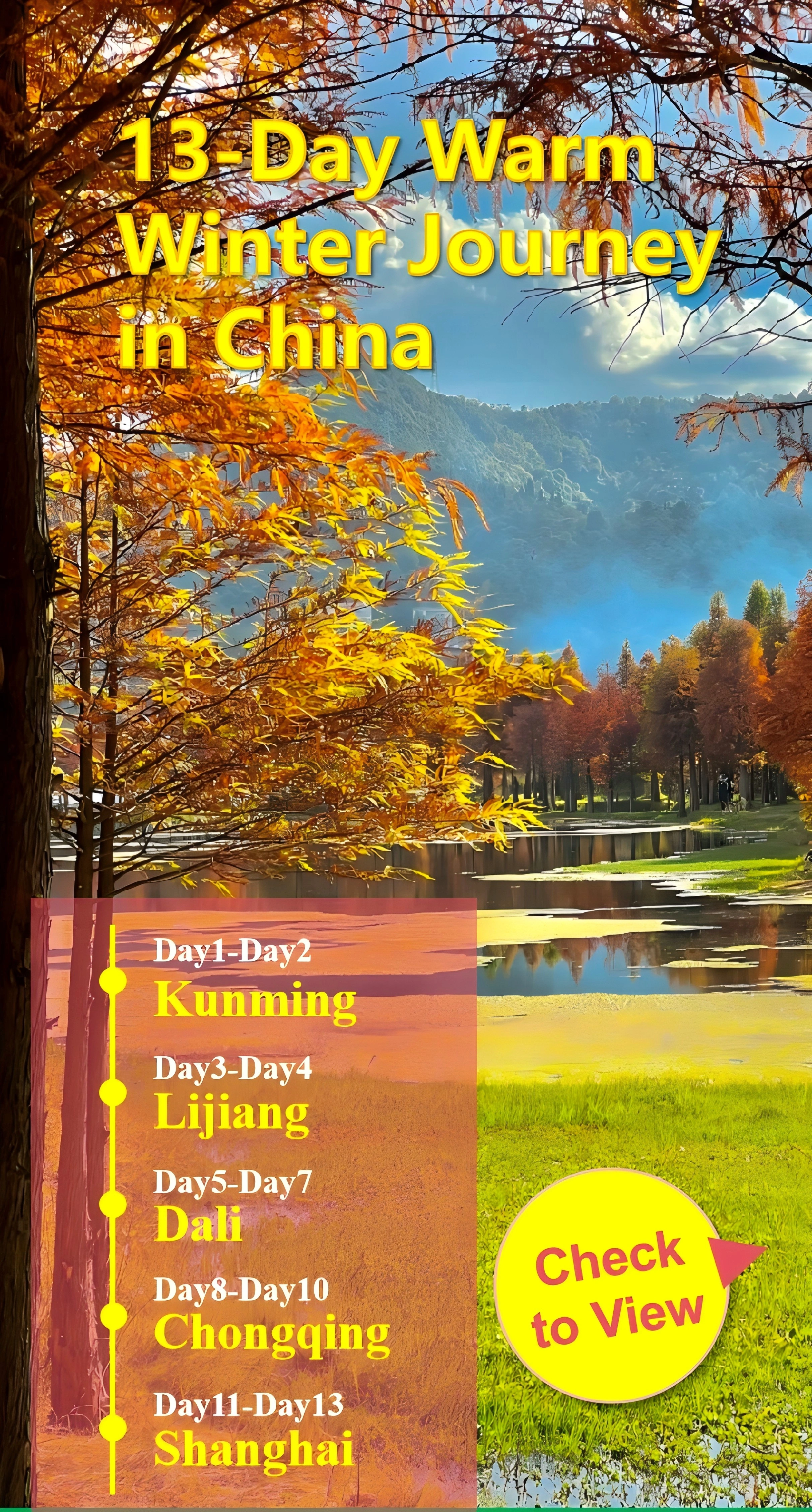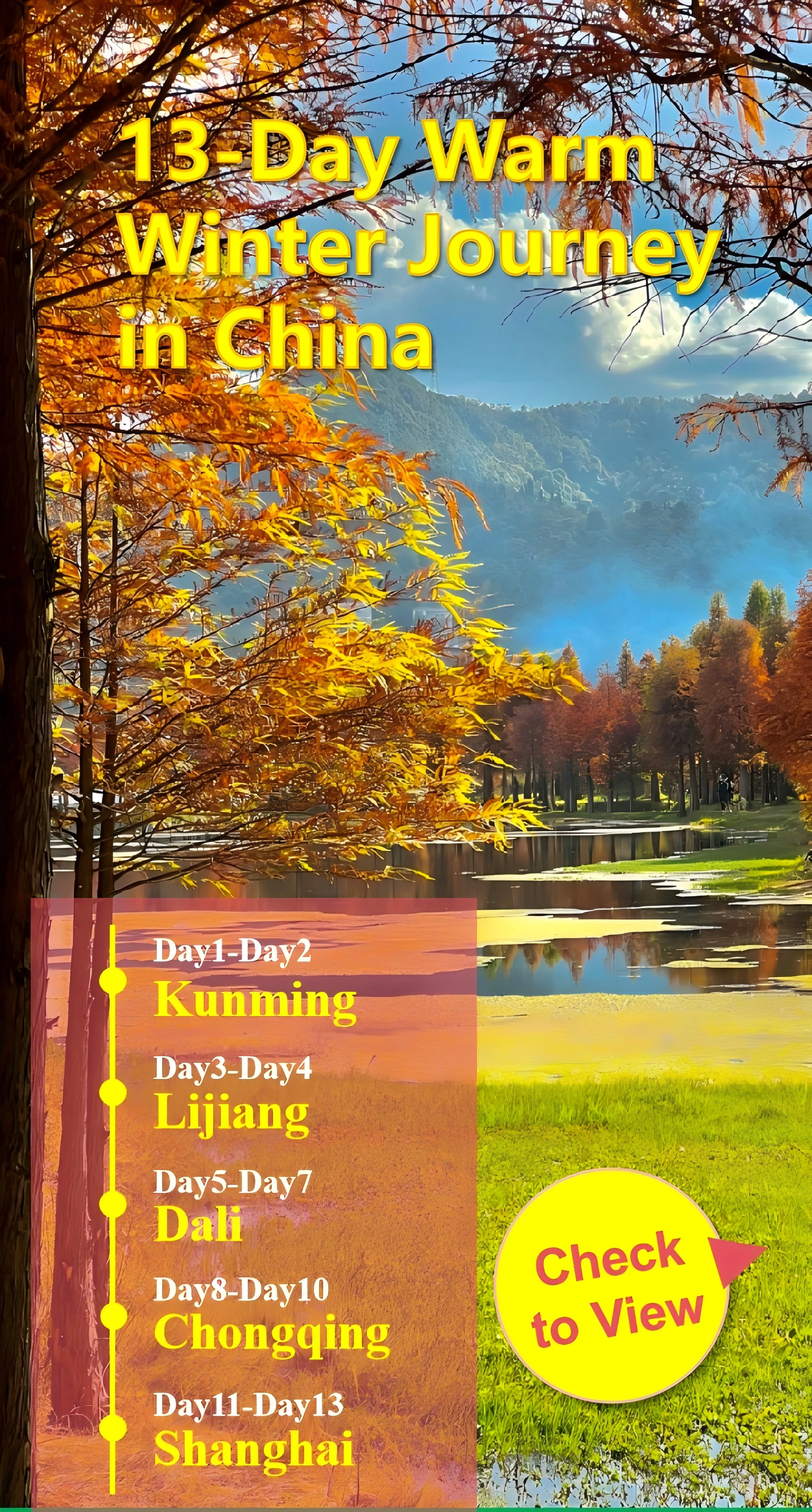Tres Gorges People Scenic Area
Panorama histórico
La historia del área data de la Era Media-Proterozoica, con sus formaciones icónicas de piedra formadas por movimientos tectónicos a lo largo de 1.500 millones de años. Durante la segunda guerra sino-japonesa (1937-1945), la mesa de piedra de la aldea de Shipai se convirtió en una fortaleza estratégica, donde 100.000 tropas japonesas fueron repelidas en 1943. Después de 1949, la región pasó de un enclave pesquero a un centro turístico cultural, ganando oficialmente 5A en 2011. Sus casas inclinadas y folclore reflejan siglos de adaptación tujia a la vida fluvial.
Diseño estructural
La zona escénica comprende tres zonas:
- Water Village: En la confluencia de Longjin Stream y Yangtze, las casas inclinadas de los pescadores y los barcos de madera evocan una era pasada de medios de vida basados en ríos.
- Brookside Village: Viviendas semi-acuáticas enclavadas en arboledas de bambú, donde la ropa tradicional y canciones de Tujia crean un ambiente pastoral.
- Mountaintop Village: Residencias de madera sostenidas aferradas a los acantilados, mostrando la arquitectura “de estilo salvaje” única al terreno empinado de Tres Gorges.
Los hitos principales incluyen la Tabla de Piedra de 4,300 toneladas, la Piedra de juego de sombras en forma de hongos y la Cueva dengying, una formación de karst de 28 metros de profundidad.
Principales Atracciones
- Shadow-Play Stone: Un balancín de 100 toneladas en una base de 200cm2, llamada “No.1 Piedra del Yangtze. ”
- Stone Tablet: Un monumento histórico de 32 metros de altura que marca la batalla de 1943 de Shipai.
- Tujia Folk Art: Corte de papel, tejedura de brocado y danza tradicional.
- Crying Wedding Reenactment: Un escaparate cultural de Tujia costumbres matrimoniales.
- Moon Bay: La Primera Bahía del Yangtze, donde el río dobla 70 grados, creando reflejos parecidos al espejo.
- Ba King Village: Recreadas antiguas viviendas con talleres artesanales y giras de deriva temáticas militares.
Itinerarios sugeridos
- Ruta clásica (2-3 horas):
Dragon Stream Entrada → Water Village → Brookside Village → Shadow-Play Stone → Stone Tablet → Ferry Return
Aspectos destacados: Estilo de vida de los pescadores, maravillas geológicas y vistas al río. - Ruta Cultural (4-5 horas):
Agregar Ba King Village Artesanías, Toad primavera exploración y actuaciones de danza Tujia. - Ruta panorámica (día completa):
Incluye paseos en coche por cable a aldeas montañosas, exploración de cuevas dengying y espectáculos de música folclórica nocturna.
Compra de entradas
- Entrada completa: CNY 210 por adulto (incluye entrada, transbordador y ferry).
- Descuentos: CNY 75 para personas mayores (60-70), estudiantes y visitantes discapacitados (se aplican tarifas de transporte).
- Entrada libre: Niños menores de 1,2 m, veteranos y militares activos (transporte requerido).
Libro a través del sitio oficial (www.sanxiarenjia.com) o WeChat 7 días de antelación.
- Bus: Ruta de la ciudad de Yichang 10-1 (entre 15 y 45 minutos) de Yiling Square.
- Auto-Drive: Tome G50 Expressway a Yichang West Exit → siga las indicaciones al Wangjiaping Transfer Center (parking CNY 10/hora).
- Ferry: Salidas cada 30 minutos de Hujintan Pier (10 minutos cruzando).
Mejor tiempo y consejos
- Horas de pico: Evite los fines de semana 10 AM–2 PM; visite temprano para las vistas de la mañana malvada.
- Estaciones ideales: Primavera (Apr–Mayo) para flores, otoño (Oct–Nov) para cielos claros.
- Esenciales:
- Use zapatos robustos para senderos empinados (20.000 pasos más posibles).
- Pruebe platos locales: stéCordero cocido, pescado de río salvaje.
- Fotografía permitida excepto en áreas de rendimiento.
- Prohibido: Drones, bolsas grandes.
- Nota cultural: Quitar sombreros durante las actuaciones de Tujia como signo de respeto.
Contact Us
¿Qué dicen nuestros clientes?
Basado en más de 10.000 reseñas de viajeros














